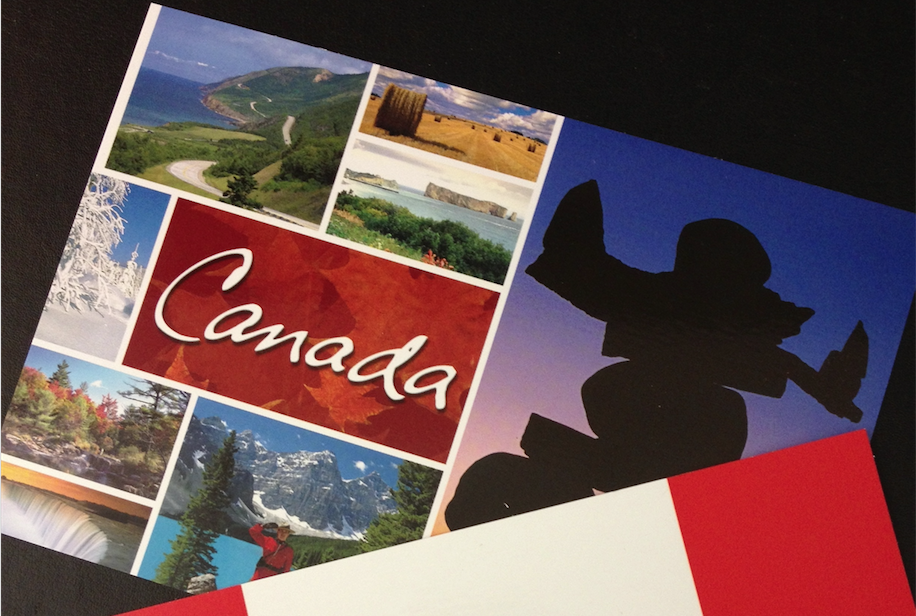Geoffrey Corfield
Geoffrey Corfield has been active in Conservative politics in Canada since 1976, both federally and provincially. But he won’t always write about politics because he has more experience with writing history and humour. He lives in London, Ontario, frequents used book shops, swims lengths, drinks beer, plays croquet, has his own town in north-central Queensland and six books published, and would very much like to find a publisher for this New Zealand book and its companion one for Australia.
Animal Crackers
There once was a Canada goose,
That said: "I'm footfree and fancyloose.
I can go anywhere I want,
Rules I just flaunt,
But I'd rather just hang around with moose".
Depending upon where you are in Canada, there are a number of animals that, although they don’t live in Canadian cities, periodically visit the outskirts. These include black bear, moose, coyotes, red fox and wild turkey.
Foxes generally stay out of sight, but can sometimes be spotted early in the morning trotting home along a city street after a night out. Their most striking features are how pretty they are, and how small. Their tail is as long as their body, and they’re only the size of a small dog to begin with.
Wild turkey are bigger than foxes, and although not very good flyers, for some reason seem to have this need to strut down city streets once in a while as if they owned the place.
But none of these animals could be said to be a Canadian urban animal of which there is an over-supply.
The same cannot be said of the white-tailed deer and the Canada goose. These are two urban animals of which there are definitely too many.
Deer have adapted very well to cities, where their only predators are disease, starvation, humans and traffic. They’ll inhabit any urban wild area, river valley or park, and have taken a special liking to cemeteries. Beware of onrushing deer running between the rows of headstones. They come upon you quickly and silently.
There are “Deer Crossing” signs in and around cities; and deer graze quite contentedly beside busy roads, and take shortcuts through residential areas springing over fences as if they weren’t there.
Apparently it’s not uncommon for walkers to come across a fawn. The golden rule for finding a fawn: “Ears straight, fawn’s great. Ears curled, fawn may need help” (wildlife people are not good poets).
So if you’ve got some vegetation that needs munching, or large carnivorous animals that need a new source of protein to munch on, or you just want to put some life into cemeteries: a herd of Canadian white-tailed deer might just do the trick. Export Grade A.
The best for last. There’s no better urban animal foreign ambassador for Canada than the Canada goose. Black neck and head with white throat patch. You can’t miss them. Believed to mate for life, they’re best kept in family units. Every year there are 2-9 new ones. They’ve taken over some parks.
They’re very good at flying in V-formation, although they don’t migrate much anymore now they’ve adapted to winter. Just give them water, grass, fields and stale bread rolls; and they’re happy. Green in one end, green out the other. Squish, squish. Watch your step. Export Grade A.
If you enjoyed this BFD article please consider sharing it with your friends.

